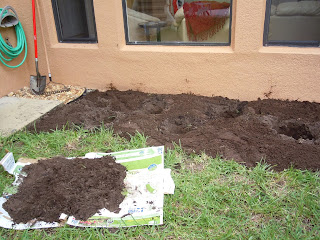To achieve this design:
- Paint the wall the color you would like to be your accent color making sure to leave the painters tape around the wall edges and trim for when you paint over it with the base color.
- Select a simple design you would like to use and using a ruler mark out the distance you would like to have between each design. For the diamond shape I marked the base with a ruler where I would start each line of tape. Then I eyed the distance stretching the tape out about four feet and lining it straight from the mark, periodically checking the distance between lines along the distance of the tape to ensure equal spacing. I worked the distance of the wall from one edge to another then went back over the same distance to create a section of diamond shapes before moving up the wall.
- Finally I painted the wall the base color, being sure to press down all the tape. I did two coats to ensure there was a sufficient color difference between the accent and base colors. Allow the paint to just dry before removing the paint to more easily blot up any bleeding while also preventing any smearing. And tada, you're done!


























